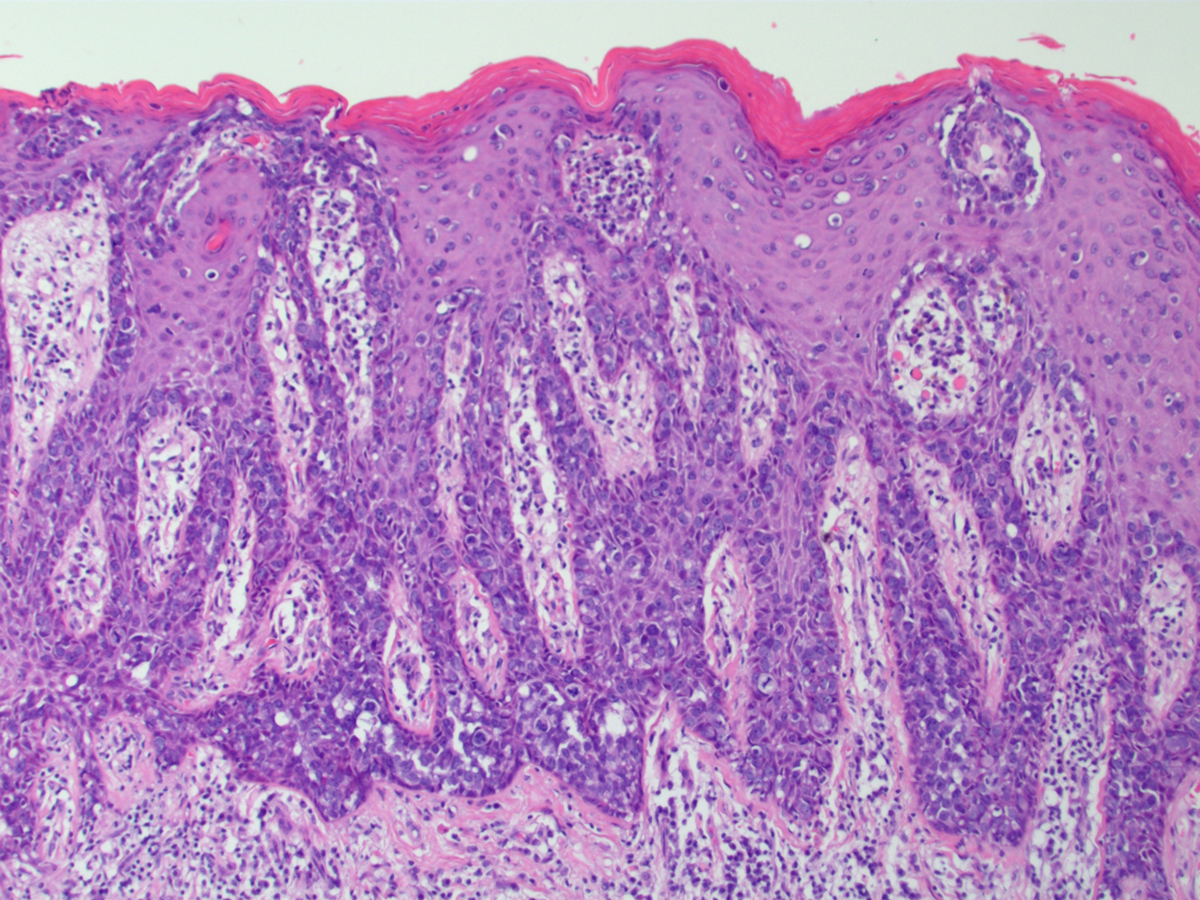
Peyronie’s disease is a connective tissue disorder affecting 1 to 4 percent of total male population. The disease is characterized by formation of fibrous plaques in the soft tissue of the penis, causing an abnormal curvature of the penis. However, this curvature is not a normal congenital bending of the penis, which is normally found in every man at a certain degree. The curvature formed due to the Peyronie’s disease normally causes a lot of pain and discomfort to the patient. In many cases, patients are completely unable to get involved in satisfactory sexual activity. As a result, the disease isn’t just painful, but it also causes a lot of stress to the patient and very often presents a big problem for both of the partners.
Symptoms of Peyronie’s disease
This condition usually affects middle-aged men but can occur in men from 20-70 years of age. It usually appears suddenly and develops gradually including various characteristic signs and symptoms. The most prominent symptom of the disease is a strange shape of the erected penis: it is bent upward or down or to one side. The penis usually has hourglass appearance characterized by tight narrow bands around each shaft. The penis appears erected but it bends downward at the base. The curvature is very painful during the first six to 18 months, while the curvature grows and the condition worsens. After this period of time, the condition will remain stable, but it will continue to recur with erections. Patients often have difficulty achieving or maintaining an erection, and their penis seems to be shortening due to the formation of scar tissue.
Treatment for Peyronie’s disease
The causes of Peyronie’s disease aren’t completely understood, but scientists believe the disease results from a wound that doesn’t heal properly. The common belief is that it results from trauma or injury to the penis, usually during the sexual activity. Many treatments are available, based on this presumption. The goal of the treatment is to help the patient stay sexually active. For most of the patients, getting enough information and reassurance from doctors is the first and only step in treatment. However, only the surgery provides a complete effect, but it is used in treatment only when the deformity completely prevents intercourse. Doctors usually suggest waiting for at least two years, after the disease is diagnosed, before attempting to correct it surgically. Patients can also improve their condition by taking vitamin E supplements, para-aminobenzonate tablets, or injecting agents such as collagenase, dimethyl sulfoxide, steroids and calcium channel blockers directly into the plaques.

















Your thoughts on this
Loading...